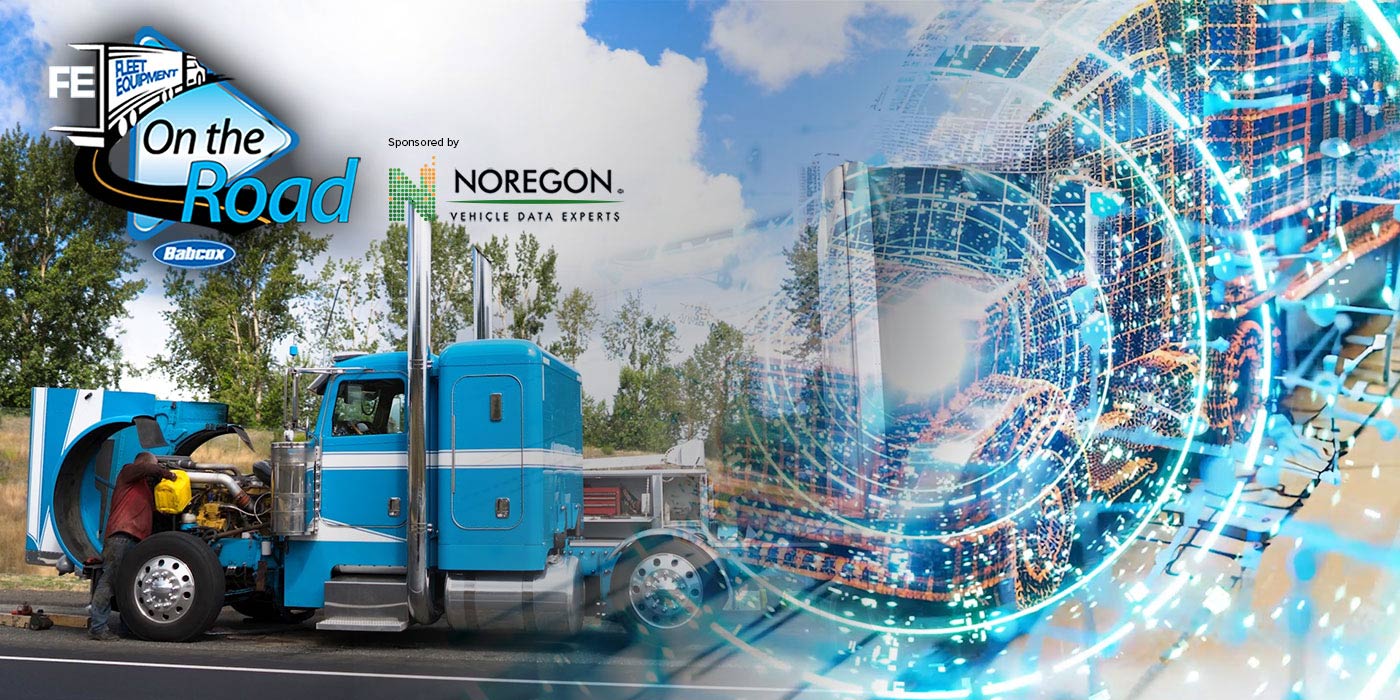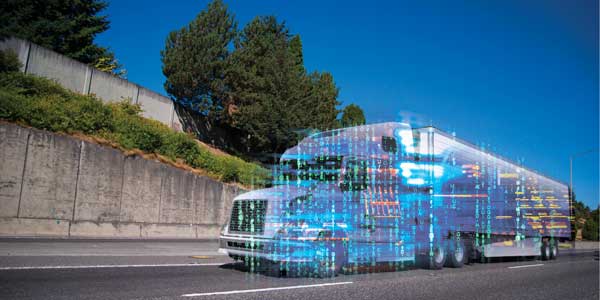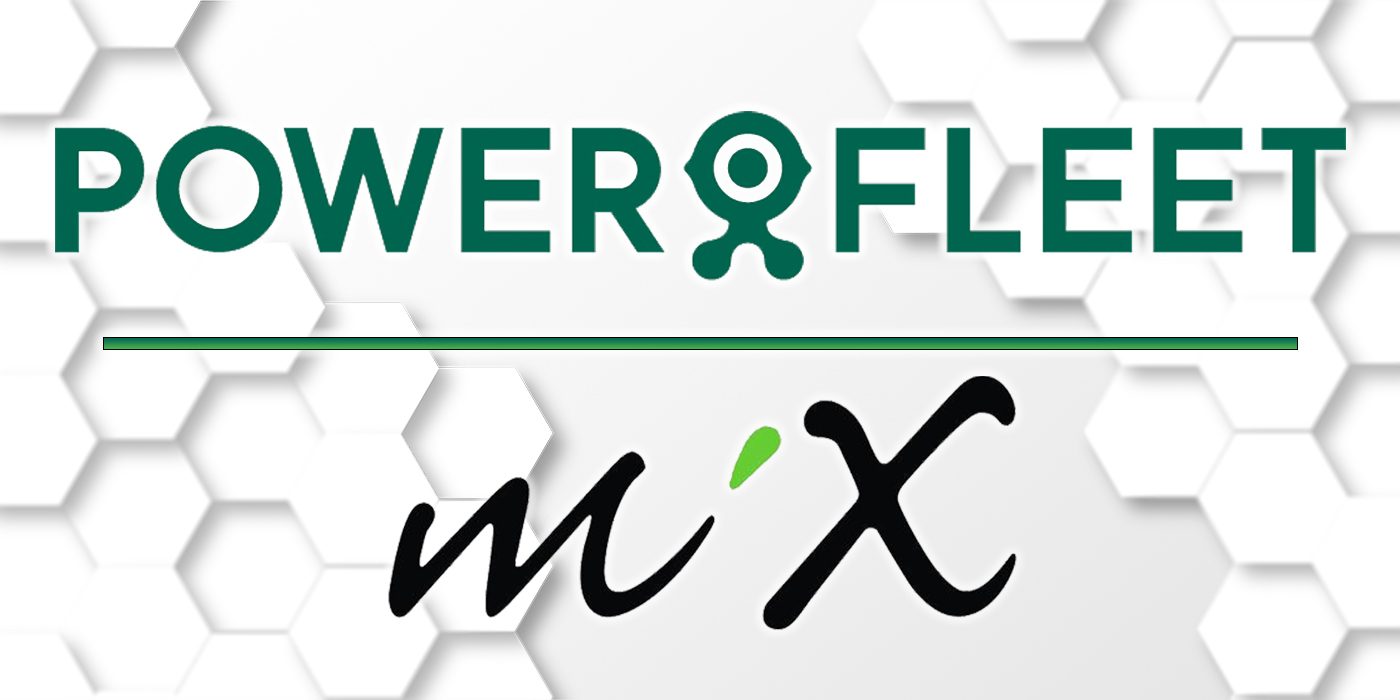Rick Ochsendorf, Trimble’s general manager of mobility, took a moment to talk with Fleet Equipment about driver perception of in-cab video and how to navigate its video telematics implementation.
Fleet Equipment (FE): Historically, drivers have been painted as technology adverse–do you think that is the case today?
Rick: Fifteen to 20 years ago, as telematics were introduced, many drivers saw these devices as “Big Brother;” they didn’t want to interfere with their privacy or prohibit them from being productive and profitable, particularly as it came to transitioning from paper to electronic logs.
Fast forward to 2019 and that perception has shifted 180 degrees. Today, most drivers recognize the efficiencies that come with technology adoption. Things like automated dispatch, scanning, navigation and in-cab messaging all give drivers the ability to not only reduce downtime but also stay connected wherever the road takes them. In fact, the proliferation of smart devices in our personal lives has created an expectation that drivers can experience the same level of connectivity on the job.
FE: Video seems to be the new frontier in telematics—what’s driving that?
Rick: Exoneration and overall safety are two huge components behind the growth of video technology in transportation. Video gives you the ability to get a neutral perspective of what happened in a situation.
Video isn’t just beneficial in reactive situations. The enhanced coaching opportunities that come with video allow fleets to also examine near-misses and other driver behavior so that they can coach drivers with actual video from the road.
We have also seen broader adoption of video beyond just over the road trucks. We recently launched a two-channel digital video recorder (DVR) to provide lighter duty fleets with a simplified solution that delivers the same benefits video can provide to larger vehicles.
FE. What telematics solutions could video drive in the future?
Space utilization within trailers might be a future application for video in the transportation industry but one of the driving forces behind the evolution of video are artificial intelligence and machine learning. Last year, we launched Intelliview as part of our Video Intelligence platform, which helps filter different Onboard Event Recordings (OER)-triggered events by categorizing videos bringing the most critical videos to the forefront so safety managers can take immediate action.
Machine learning allows the system to continuously get smarter and reduce false triggers. What might be previously noted as a collision avoidance event turns out to just be an overpass a truck drives under and machine learning will enable the system to correctly recognize that and not be triggered in the future. It can also recognize things such as stop signs or school zone signs, helping to flag videos for review if a driver doesn’t stop or is going too fast, even if a traditional trigger isn’t activated.
Driver fatigue is another area that a fleet can address through video. Is a driver driving erratically or going in and out of a lane? These type of driving practices might not trigger on OER event but can be detected by looking right out at the road, without having to monitor anything inside the cab.
FE. A video dashboard is yet another dashboard for a fleet manager to look at in an industry where he’s overrun with dashboards. How will video integrate into the platform so that a fleet manager can see it where he’s used to spending most of his time?
Dashboard fatigue is a legitimate concern and we continue to build solutions that share all of Trimble’s collective data, including video, giving customers access to information in a single place to improve efficiencies and drive better decision-making.
There is a broad industry trend around data democratization: customers want easier access to data and the tools that make data more consumable. We are addressing this in three key ways:
- Providing standard reports/dashboards for customers that want them;
- Custom reports/dashboards that give access to relevant data at a department or user level;, and
- Giving customers access to the data to build reports/dashboards and business intelligence tools on their own.
We recognize this shift to data democratization and our platform helps connect and optimize every aspect of our customers’ business.
For more answers to your tough trucking technology questions, read Fleet Equipment’s September cover story:













